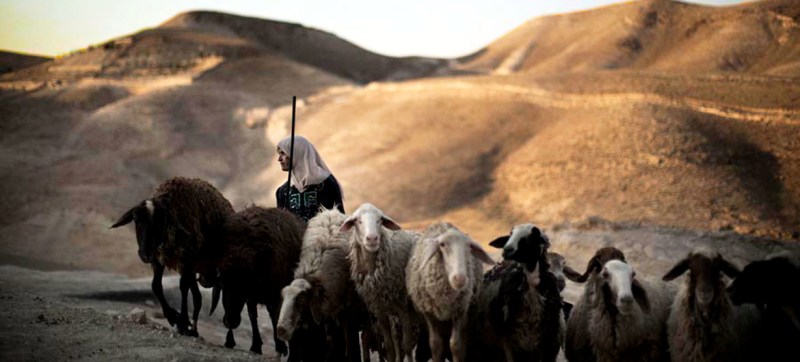 Water Scarcity
Water Scarcity Address water scarcity ‘immediately and boldly’, urges UN agriculture agency chief
New York: More than three billion people live in agricultural areas with high levels of water shortages and scarcity, the UN agriculture agency said in a new report launched on Wednesday.
The State of Food and Agriculture (SOFA) 2020, the Food and Agriculture Organization’s (FAO) flagship report, noted that available freshwater resources have declined globally by more than 20 per cent per person over the past two decades, underscoring the importance of producing more with less, especially in the agriculture sector – the world’s largest user of water.
“With this report, FAO is sending a strong message: Water shortages and scarcity in agriculture must be addressed immediately and boldly if our pledge to achieve the SDGs [Sustainable Development Goals] is to be taken seriously”, emphasized FAO Director-General QU Dongyu in the foreword of the report.
Paths for action
From investing in water-harvesting and conservation in rainfed areas to rehabilitating and modernizing sustainable irrigation systems in irrigated areas, actions must be combined with best agronomic practices, the report stressed.
These could involve adopting drought-tolerant crop varieties and improving water management tools – including effective water pricing and allocation, such as water rights and quotas – to ensure equitable and sustainable access.
However, effective management strategy must start with water accounting and auditing.
Mapping the SDG target
Achieving the internationally agreed SDG pledges, including the zero hunger, “is still achievable”, maintains the SOFA report, but only by ensuring more productive and sustainable use of freshwater and rainwater in agriculture, which accounts for more than 70 per cent of global water withdrawals.
Against the backdrop that FAO oversees the SDG indicator that measures human activities on natural freshwater resources, the report offers the first spatially disaggregated representation of how things stand today. Meshed with historical drought frequency data, this provides a more holistic assessment of water constraints in food production.
SOFA reveals that some 11 per cent of the world’s rainfed cropland faces frequent drought, as does about 14 per cent of pastureland.
Meanwhile, more than 60 per cent of irrigated cropland is water stressed and 11 countries, all in Northern Africa and Asia, need to urgently adopt sound water accounting, clear allocation, modern technologies and to shift to less thirsty crops.
Water math
Although “the inherent characteristics of water make it difficult to manage”, the SOFA report upholds that it “be recognized as an economic good that has a value and a price”.
“At the same time, policy and governance support to ensure efficient, equitable and sustainable access for all is essential”.
Noting that the rural poor can benefit substantially from irrigation, the report recommends that water management plans be “problem-focused and dynamic”.
Despite that water markets selling water rights are relatively rare, SOFA says that when water accounting is well performed, rights well established and beneficiaries and managing institutions participating, regulated water markets can provide equitable allotments while promoting conservation.
Support Our Journalism
We cannot do without you.. your contribution supports unbiased journalism
IBNS is not driven by any ism- not wokeism, not racism, not skewed secularism, not hyper right-wing or left liberal ideals, nor by any hardline religious beliefs or hyper nationalism. We want to serve you good old objective news, as they are. We do not judge or preach. We let people decide for themselves. We only try to present factual and well-sourced news.







